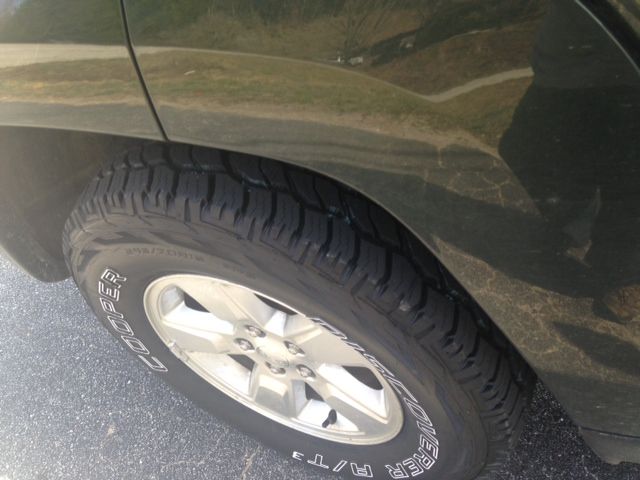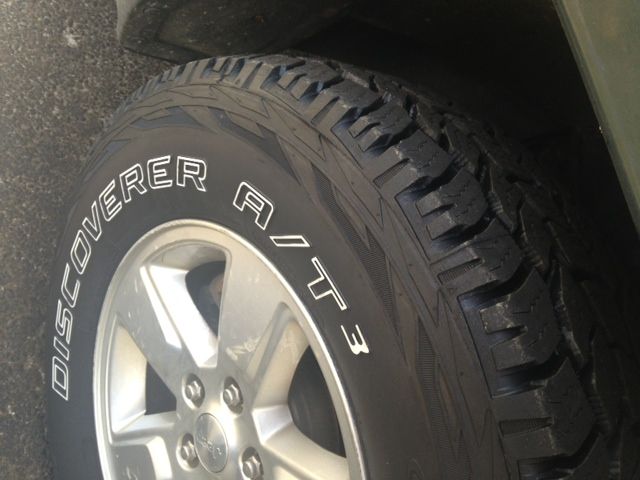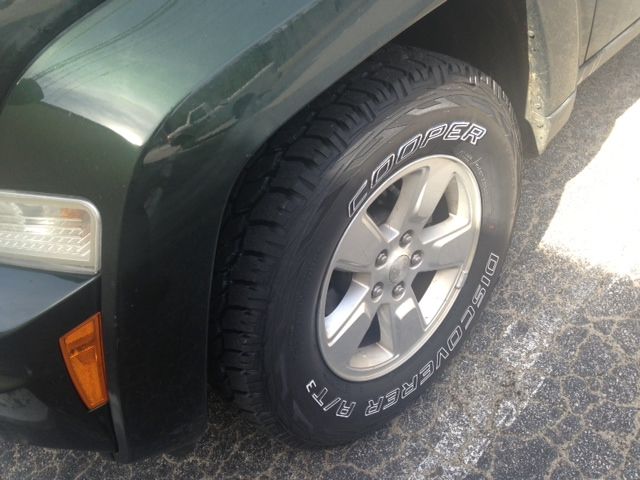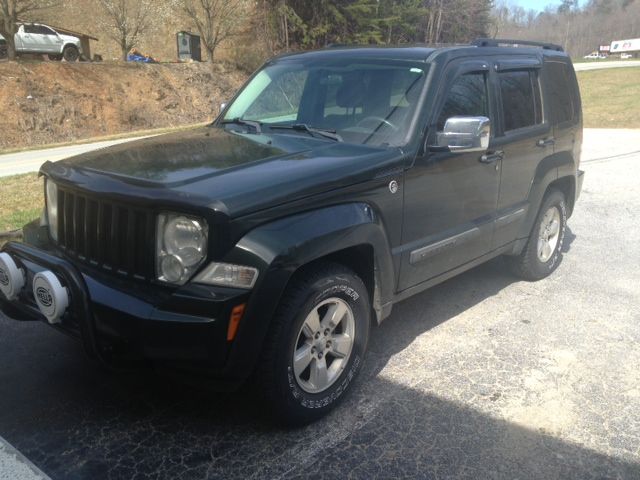Run what makes you happy, but if you run chalk tests, you'll find that as the tire gets bigger, it takes LESS pressure to "properly" inflate it and carry the same load. But within reason, running higher pressure than necessary is definitely better for your health than running too low a pressure.
Ford set the factory recommended tire pressure on Explorers to 26psi on an effort to get the ride to be more "car like". It was a stupid move, and if you chalk tested those tires, you'd have run about 33 in them, because we did it on my roommate's '98 explorer, and that's what he ran. Fairly low pressure in a pretty heavy vehicle with somewhat small tires is a recipe for disaster in the heat, and Ford delivered it and then passed off the blame to Firestone because they didn't object to the low pressure. Total BS IMO, but that's not what we're talking about here.
If the OP feels safe with with his pressures, then he should run them at those pressures, if only for his peace of mind. But I really believe that a chalk test would show he's just a little high. With the exception of the Explorer, getting even tread contact on a stock or larger than stock tire has NEVER required more pressure than the door sticker, in my experience of doing the chalk test.
I do agree that tire shops often give scary information, but the only way larger tires need MORE air pressure is if you want to carry more weight on them. Pressure needs to be proportional to the surface area that's carrying weight... As the surface area goes up, the pressure required to support the same weight goes down. So if you want rock hard tires in terms of ride quality, run higher pressures, but if you want the tire to function as a part of the suspension like it should, then you have to drop the tire pressure slightly to get the same amount of sidewall flex that a smaller tire would have.
That's the mechanics behind it. If you want to suggest or believe otherwise, that's fine, but do fall back on chalk test when you can, as that's really the final word. If it says you need higher pressure, then run it.

Chris








